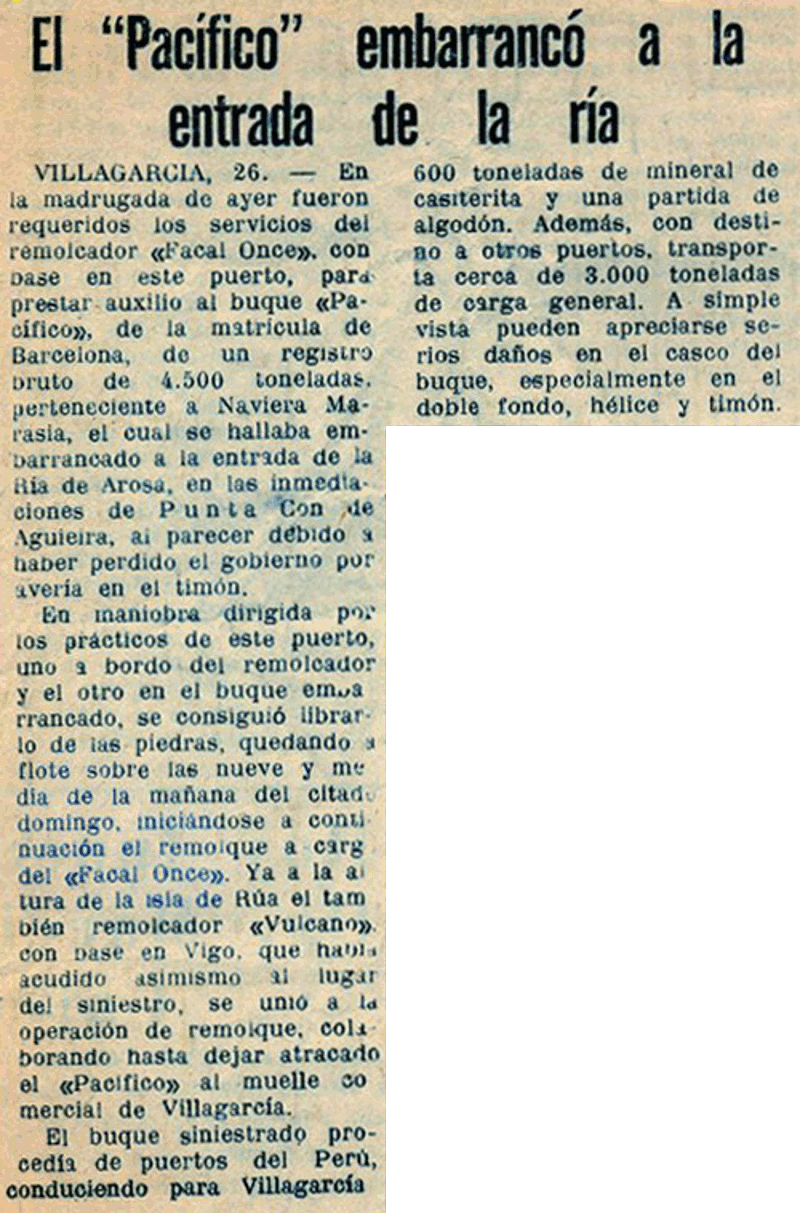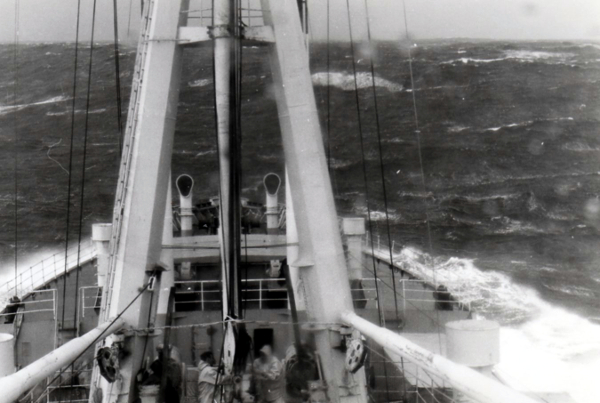


| Her main specifications were: |
| Length: 131.4 mtr - Breadth: 17.4 mtr - Depth: 10.9 mtr Maximum draft: 7.6 mtr |
| 2,444 NRT - 5,120 GRT - 7,570 DWT - 11,295 MT Displacement |
| Propulsion: Turbines Rateau with 7,000 SHP |
| Fuel consumption: 42.7 MT/day gasoil |
| Bunker capacity: 1,090 MT gasoil |
| Sea trial speed: 17.7 knots |































